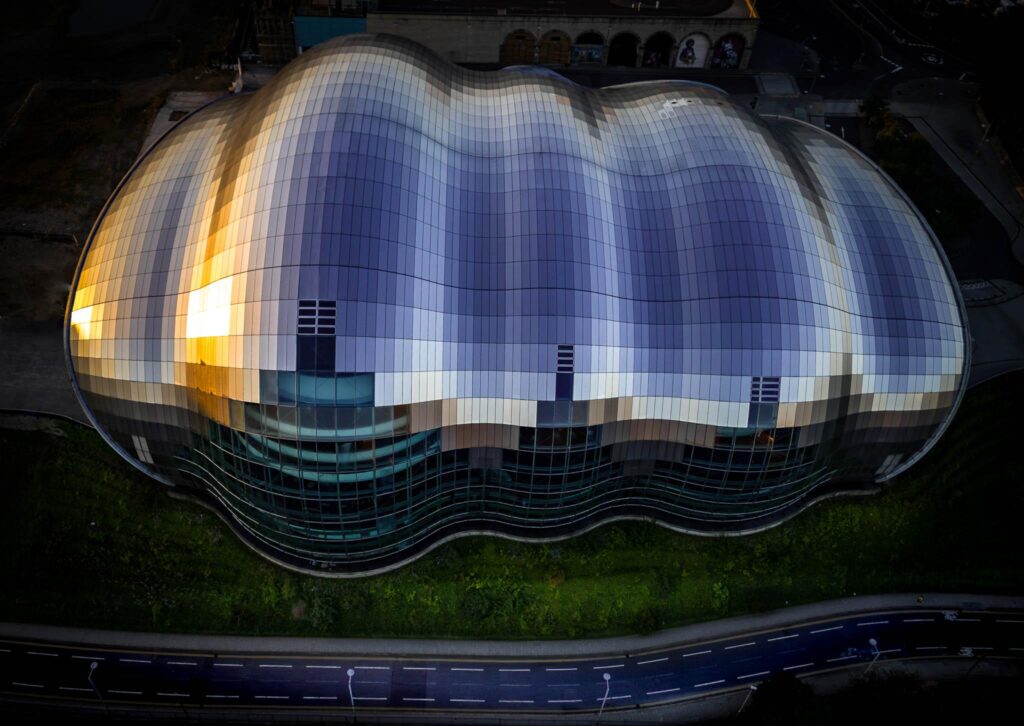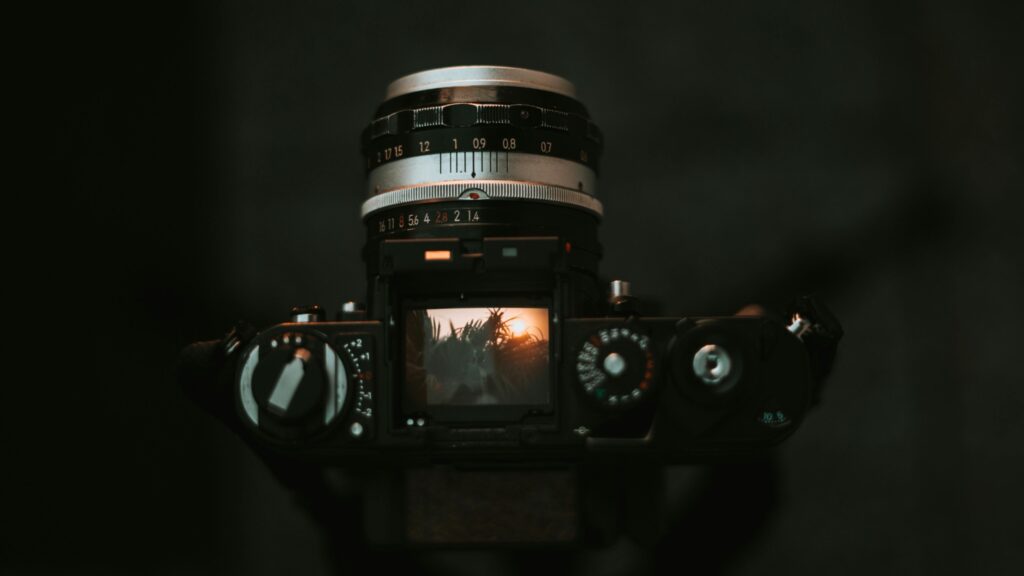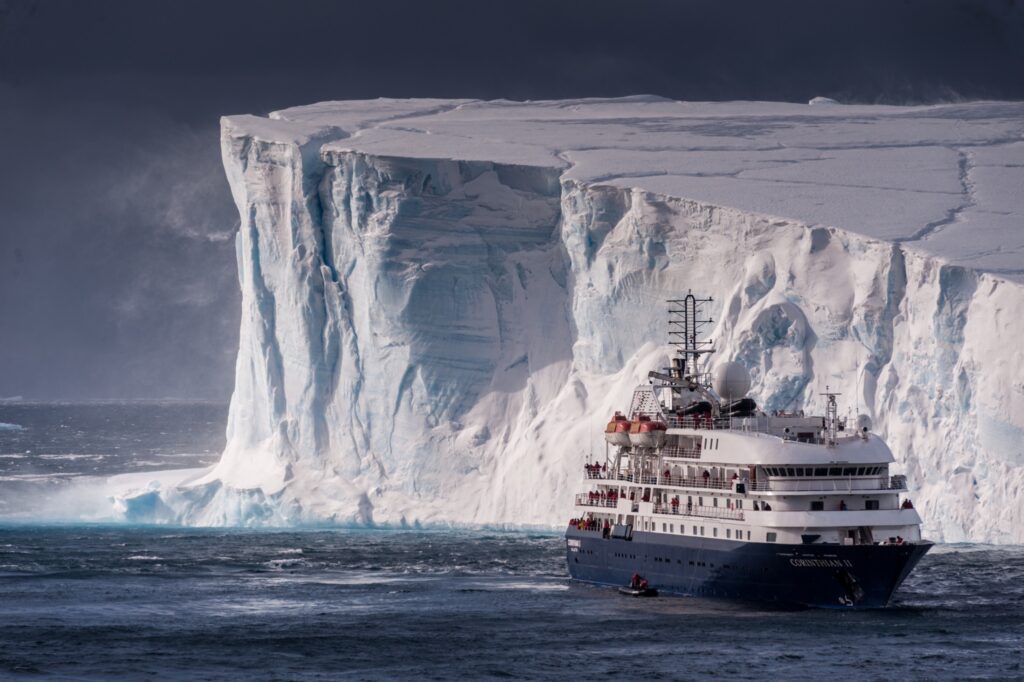This Introduction To Fine Art Photography Is Perfect For Those Who Want To Finely Tune Their Skills
If someone asked you (as a photographer) “so, what exactly is fine art photography” – do you know and could you answer this?
Hey, it doesn't matter if you don't, of course it doesn't, but you're curious and wanna find out…right? I did the first time I was asked anyway…
Then I began looking into the utter beauty of this genre.
Fine Art Photography
You’ve probably heard the term before, but you rarely see a precise definition of what exactly fine art photography is, and also what the difference between a fine art portrait and a regular one.
Truth be told, there isn’t a specific definition of fine art photography, since it is all up to the artist, especially their personal style and preferences.
However, there are several guidelines which have come to surface via repetition. In other words, several aspects covered by every fine art photographer which, in a way, help to define the term in a general sense.
Photo by An La
How Does Fine Art Photography Differ From Regular Art?
The thing that makes fine art different from “regular” art is merely the meticulousness. In a fine art portrait, the artist tries to capture the picture that is in her head, so she does everything possible to set up the scene as she needs it and wants it to look like.
Yes, this is true for other genres of photography too, but this is elevated to a whole different level when it comes to fine arts. Every highlight and shadow needs to be perfect…every crease on the clothes, every branch in the trees.
Simply put, fine art strives for perfection via meticulousness, while the other forms of photography strive to deliver the message via perfection, or respectively, the lack of it.
How Do You Venture Into The World Of Fine Art Photography?
1. Practice
This is one of those photography genres which requires a greater amount of experience than other types of photography because you need to be able to control every single aspect of the photo at all times.
There shouldn’t be anything left to chance. So, if you want to start doing it, start practicing it now.
Trust me, I'm not trying to dissuade you here, just to be prepared it's almost a science, it's that intricate. The results and satisfaction really are
2. Light
As with any genre of photography, light is the most important factor here, therefore you need to master light before even attempting fine art. It might sound harsh, but the fine art world doesn’t have any room for errors.
The light needs to be perfect – not too harsh, not too soft – just right. Every aspect needs to be lit properly, you need to represent the subject in the best form possible, while still following the concept you have in your head.
Usually, fine art requires owning a decent amount of lights and the appropriate modifiers too.
3. Camera and Equipment
Next up, the gear.
Now, I could tell you that the gear doesn’t really matter, but I would be lying to you – it kinda does. Fine art prints are usually large, thus you need the resolution potential for it.
And, since the prints are large, sensor imperfections will be visible, therefore you’ll need a camera that can hold its ground on larger prints.

Additionally, due to the large prints and resolution, you’ll also need great lenses. Preferably prime lenses which are sharp and of desirable focal length – this is often down to:
a). Your preference for focal length/aperture/weight etc, and
b). Whether you're using a full frame or crop sensor camera.
4. Subjects and Models
Of course, you can have all the gear and knowledge, but if you don’t have great objects or models to shoot, you have no pictures.
When photographing models for this kind of thing, you’ll need models you can work with for longer shoots, meaning that they should be able to hold their gait and posture for longer periods of time.
Of course, hair and makeup, costumography, and acting should be perfect too.
 Photo by Olya Gorodilina
Photo by Olya GorodilinaFor inanimate objects, which are the subject of your shoot, you won’t be able to do any compromises. They really do have to look perfect, so attention to detail here is so important.
Let’s take fruit for example. No dark spots, no damage, no scratches, nothing – Remember, every single detail matters.
Post Production
Of course, this would be the final stage of the process, and you'll have to be extremely careful here. Your post processing must create as natural a result as possible.
Forget about the fancy effects and artificial light you are able to create in post process. All you can do here is clean up the imperfections you’ve missed while shooting, do some minor fixing on the light if necessary, clean up noise, sharpen, and that's really it.
The idea behind fine art photography, as you may have gathered, is that it's ALL about fine-tuning your photography technique.
Yes, by all means, do some heavy duty post processing, but if you’ve done everything right so far, you won’t need it. Additionally, if you dive in post processing for hours and hours, chances are you will make mistakes you may not notice since you'll be tired and that will affect the final product.
Make sure you rest your eyes, do something different or better still, head outside for a walk and some fresh air before checking the final version of the photo.
Summary
In this introduction to fine art photography, we've learned that fine art means extreme attention to detail while expressing your ideas to the fullest, without any compromises whatsoever.
To achieve this, it requires a great deal of practice and eventually years of experience, but then again it is a door to a whole different world of photography which is hugely satisfying and visually beautiful.
Open that door and create wonderful work – some dedication and consistency will prove your success.
Introduction To Fine Art Photography – Top Takeaways
- Firstly we mentioned practice – this is so important and with this, you really do need to be consistent.
- Make sure your lighting equipment is sufficient. This doesn't imply you need to spend $1000s on equipment, but find out what the key lights will have to be. This will vary according to whether the shots are being done outside or in.
- When discussing gear, I mentioned prime lenses, this isn't a must-have piece of gear – let's get that straight. But, it might just help ensure that you're getting as sharp images as possible, plus shooting with a prime where your subject is stationary is always easier too!
- Final thought. Post Production – this is always up to the individual photographer, but personally, I find that practicing your technique to a finely-tuned process will ensure your time behind the computer should become significantly less over time.
Further Resources
- How An Art Book Can Change Your Photography! by Dzvonko Petrovski
- How Surrealist Art Has Impacted Photography by James D Ellis
Further Learning
Before we head off, we have a fantastic guide book “The Art Of Portrait Photography” by the experts at Photzy.
Learn how to crush your fears of photographing people and produce amazing results you’ll be very proud of!






3 Comments
This is highly inspiring
“Let’s take fruit for example. No dark spots, no damage, no scratches, nothing – Remember, every single detail matters.” So you can’t photograph anything that is decaying. Are you serious?
I agree with Ian. There are a number of ‘hard and fast’ statements made in the article above which apply more to high-end commercial photography. Fine Art Photography, while difficult to define, is more geared toward revealing something about the subject and our relationship(s) to it than trying to sell the viewer a product or a life-style. Highly successful commercial photographer Irving Penn photographed decaying flowers and cigarette butts, which seems odd even now, but it showed details and a point of view that can only be considered to be in the realm of fine art, if only because it was decidedly non-commercial.
The photograph of the woman in the white dress with flower petals falling around her is a fine image, but doesn’t strike me as fine art so much as an image to sell something- clothing, possibly perfume, etc. I find nothing wrong with image except its use as an example of fine art. Styling, propping and meticulous lighting are hallmarks of advertising photography. The image seems self-conscious to me because it’s more about the photographic process itself rather than shedding light on some aspect of life.
Fine art attempts to engage naturalness of either landscape or living things or to show something of the world that has no ulterior motive beyond showing it. Pablo Picasso: “Art washes away from the soul the dust of everyday life.”